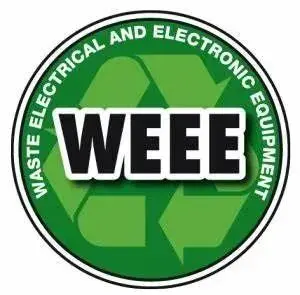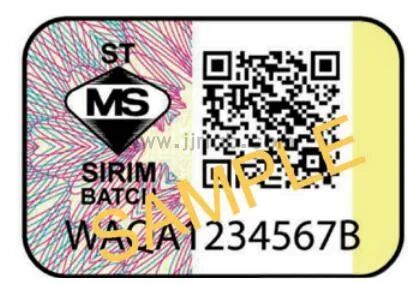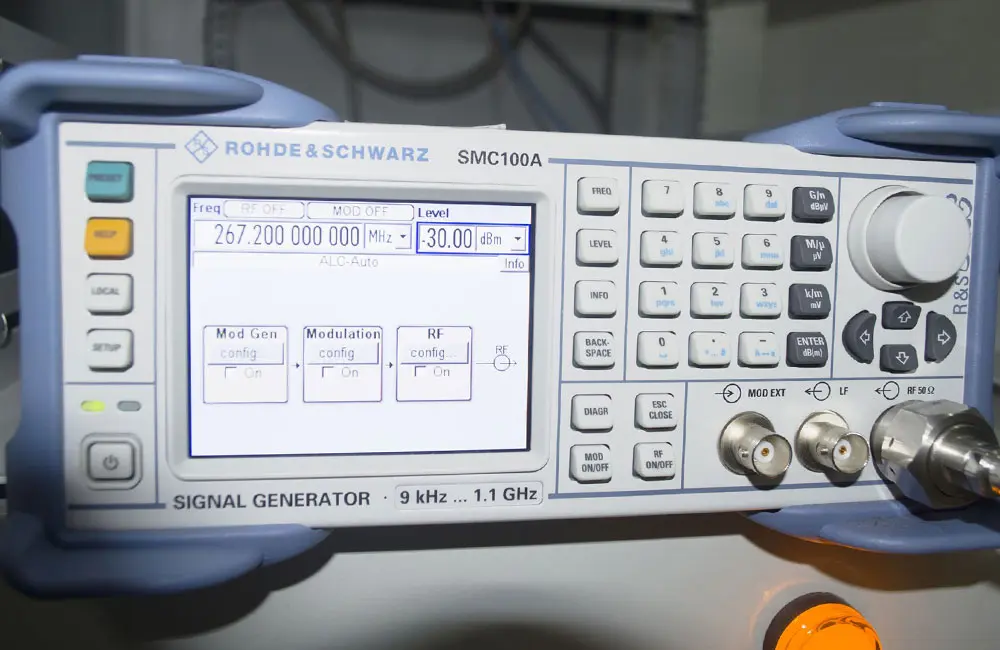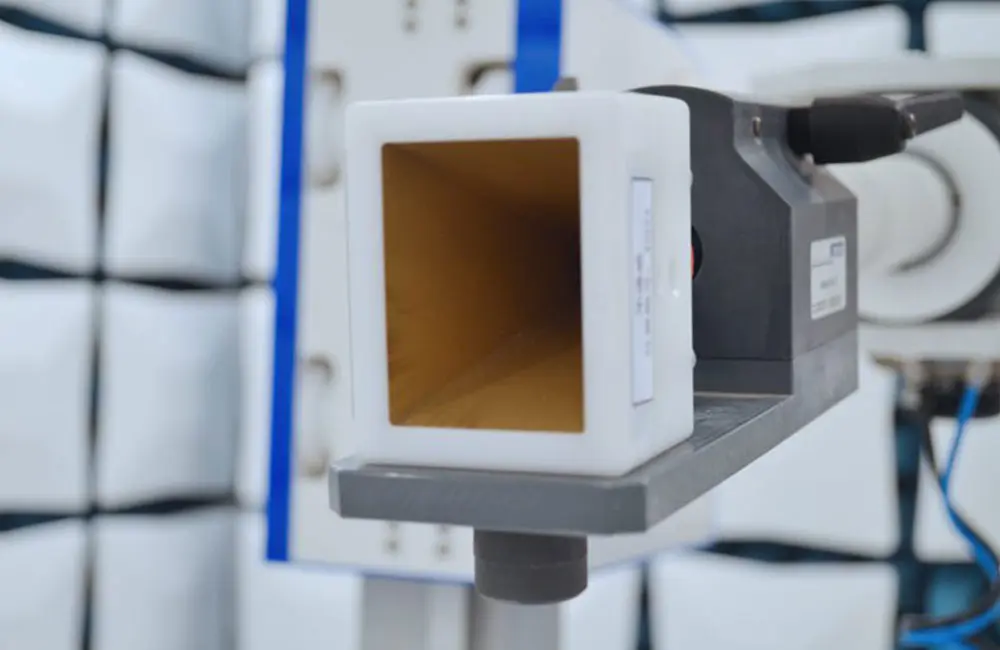
Waste Electrical and Electronic Equipment Directive (WEEE)
In recent years, global attention to environmental protection and sustainable development has been increasing. Especially in the European market, environmental regULations have become a key threshold for product entry. Today, we focus on a crucial environmental directive for electrical and electronic products — weee certification(Waste Electrical and Electronic Equipment Directive).
This article provides a comprehensive explanation of the core content and compliance essentials of WEEE certification, covering the regulatory background, scope of application, responsibilities and obligations, registration process, and frequently asked questions. It aims to help Chinese enterprises achieve compliance and successfully export to the European market.

WEEE Regulatory Background
The WEEE Directive is a major environmental legislation enacted by the EU to REDuce the environmental impact of electronic waste. The first version, Directive 2002/96/EC, came into effect on February 13, 2003, and was replaced by Directive 2012/19/EU (WEEE II)on July 4, 2012.
The main objectives of the legislation include:
1. Reducing the quantity of electronic waste
2. Enhancing recyclability and reusability of products
3. Reinforcing manufacturers’ environmental responsibilities
4. Promoting the development of a circular economy
Note: The logos shown above are not official weee logos. They are created by third parties and are used here for educational purposes only.
Products Covered Under WEEE
WEEE certification applies to Electrical and Electronic Equipment (EEE), including but not limited to the following ten categories:
1. Large household appliances (e.g., refrigerators, washing machines)
2. Small household appliances (e.g., vacuum cleaners, electric fans)
3. IT and telecommunications equipment (e.g., computers, printers, mobile phones)
4. Consumer equipment (e.g., televisions, speakers, cameras)
5. Lighting equipment (e.g., energy-saving bulbs, LED fixtures)
6. Electrical and electronic tools (e.g., drills, saws)
7. Toys, leisure, and sports equipment (e.g., video game consoles)
8. Medical devices (excluding implanted or contaminated products)
9. Monitoring and control instruments (e.g., smoke detectors)
10. Automatic dispensers
Since 2023, the EU has gradually expanded this scope to include virtually all products with power sources, batteries, or plugs.
Who is Responsible for weee compliance?
According to the directive, the following parties are considered "producers" and must comply:
1. Manufacturers placing EEE on the EU market for the first time
2. Importers bringing EEE into the EU from non-EU countries
3. Non-EU sellers (e.g., Chinese e-commerce sellers) who sell EEE to EU consumers remotely
4. Brand owners (those whose products carry their own brand name)
Important:Platforms like Amazon now require sellers to fulfill weee registration and take-back responsibilities. Failure to comply may result in product removal or fines.
Main WEEE Compliance Obligations
WEEE compliance is an ongoing environmental responsibility system, rather than a one-time certification. It mainly includes:
1. Registration
Producers must register with the national WEEE authority in each target market and obtain a WEEE registration number (WEEE-Reg.-Nr.).
2. Periodic Reporting
Companies must regularly (typically monthly or quarterly) report the type, quantity, and weight of EEE sold to the relevant authority.
3. Labeling Obligation
All applicable products must be marked with the crossed-out wheelie bin symbol, indicating the product must not be disposed of in general waste and must be handled properly as electronic waste.
4. Take-back Responsibility
Companies are responsible for the recycling, treatment, and reuse of their products after consumer use. This is usually managed through local compliance partners or third-party recycling schemes.
5. Financial Guarantee
In some countries (such as Germany), companies must provide a financial guarantee to ensure recycling responsibilities are fulfilled even in case of bankruptcy or market exit.
WEEE Registration Process (Germany Example)
1. Appoint a German Authorized Representative
Required for non-EU companies to act as a local legal contact.
2. Submit Application
Includes company information, brand name, product type, and product category.
3. Receive Registration Number
After approval, the WEEE registration number (starting with "DE") will be issued.
4. Submit Sales Reports Regularly
Upload sales data to the EAR system as required.
5. Join a Recycling System
Choose a third-party recycling partner, such as take-e-way or the EAR System.
Relationship Between WEEE and Other EU Environmental Directives
1. RoHS (2011/65/EU):Restricts hazardous substances — must be complied with alongside WEEE.
2. REACH:Governs registration and evaluation of chemicals — applicable depending on product composition.
3. erp directive:Regulates energy labeling and eco-design — applies to energy-related products.
4. Reminder:WEEE is not a safety certification but an environmental compliance system. It must be satisfied together with RoHS and possibly REACH and ERP where applicable.
Frequently Asked Questions (FAQ)
Q1: We are a Chinese seller and sell products on Amazon Germany. Do we need to register for WEEE?
Yes. If your products are sold in Germany, you must register for WEEE and fulfill take-back and reporting obligations.
Q2: How long is WEEE certification valid?
It is valid indefinitely after registration, but ongoing reporting and recycling responsibilities must be maintained. Otherwise, the registration may be revoked.
Q3: Does one brand need multiple WEEE numbers?
Usually, one WEEE number per brand per country is sufficient. However, separate registration is required for each product category.
Official EU WEEE Directive Source
You can find the original text and further resources about WEEE certification on the EU’s official website:
https://environment.ec.europa.eu/topics/waste-and-recycling/waste-electrical-and-electronic-equipment-weee_en
Action Checklist
1. Confirm whether your product falls under WEEE scope
2. Appoint a qualified agent or service provider for WEEE registration
3. Maintain continuous reporting and take-back responsibility
4. Ensure compliance with RoHS, REACH, and other relevant regulations
Email:hello@jjrlab.com
Write your message here and send it to us
 SIRIM and MEPS Certification for Fans in Malaysia
SIRIM and MEPS Certification for Fans in Malaysia
 U.S. CPSC Water Bead Toy Compliance Requirements!
U.S. CPSC Water Bead Toy Compliance Requirements!
 Food Contact Materials (FCM) Regulation
Food Contact Materials (FCM) Regulation
 How to get Certification Compliance for Lithium Ba
How to get Certification Compliance for Lithium Ba
 LED Lighting Safety Testing Service Laboratory
LED Lighting Safety Testing Service Laboratory
 LED Lighting EMC Testing Service
LED Lighting EMC Testing Service
 EU REACH Compliance Testing Services
EU REACH Compliance Testing Services
 Electronic and Electrical Reliability Testing Serv
Electronic and Electrical Reliability Testing Serv
Leave us a message
24-hour online customer service at any time to respond, so that you worry!




